Fokker
Fokker C.V, C.VI, and C.IX
 |
|
| Swiss Fokker C.V-E | |
| Role | Light reconnaissance, bomber aircraft |
|---|---|
| Manufacturer | Fokker |
| Introduction | 1924 |
| Primary users | Royal Netherlands Air Force Regia Aeronautica Norwegian Army Air Service Finnish Air Force |
| Number built | C.VI: 33 C.V-B: 18 C.V-C: 16 C.V-D: 212 C.V-E: 327 Ro.1 and Ro.1-bis: 349; Altogether: 955 |
|
|
.
History Fokker-Flugzeugwerke
Fokker C.V, C.VI, and C.IX fighter aircraft
Introduction date 1924

The Fokker C.V was a Dutch light reconnaissance and bomber biplane aircraft manufactured by Fokker. It was designed by Anthony Fokker and the series manufacture began in 1924 at Fokker in Amsterdam.
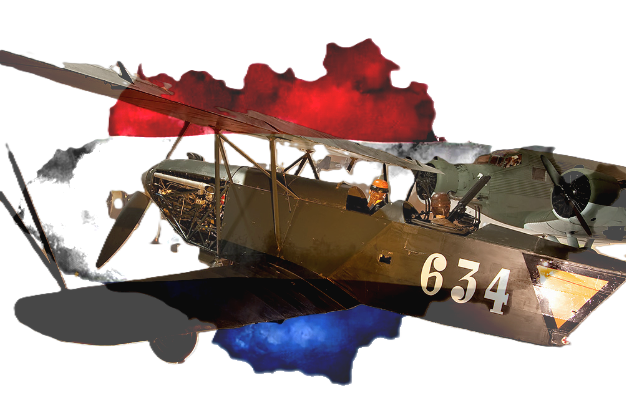
Development and production

The C.V was constructed in the early 1920s by Anthony Fokker. The aircraft was intended as a two-seat reconnaissance and bomber aircraft. When shown to the public in 1924 was manufactured in a variety of versions; the customer could choose from five different wing constructions (which varied in wing span). The radial engines could give between 336–723 kW (451–970 hp). The landing gear could be changed from wheels to pontoons. The aircraft became an export success for Fokker, it was sold and/or license manufactured in Bolivia, China, Denmark, Finland, Hungary, Italy, Japan, the Netherlands, Norway, Switzerland, the Soviet Union and the US.[1] Sweden purchased two different versions to use as models for their license manufacturing of the reconnaissance version S 6 and a fighter version J 3.
Operational history


Netherlands
The type was used by the Luchtvaartafdeeling (pre war airforce), MLD (marine luchtvaartdienst) and KNIL-ML. For the Luchtvaartafdeling 67 examples were produced in several batches between 1926 and 1934. 28 were still operational at the time of the German attack on the Netherlands on 10 May 1940. They were used successfully on reconnaissance and bombing missions using "nap of the earth" (HuBoBe)(short for huisje-boompje-beestje, literally translated into house-tree-animal, referring to the low altitude at which they flew) flying techniques. Nearly two dozen aircraft were used as trainers and hacks, or in storage and repair
0
KmCeiling
0
KmCombat RANGE
0
Km/hAircraft Speed
0
Max Crew
Photo Gallery
Fokker-Flugzeugwerke
Fokker C.V, C.VI, and C.IX fighter aircraft

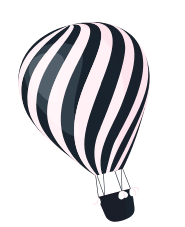
Fokker-Flugzeugwerke
Fokker C.V, C.VI, and C.IX fighter aircraft
General Info
-
-
- Crew: 1
- Length: 6.954 m (22 ft 10 in)
- Wingspan: 8.9 m (29 ft 2 in)
- Height: 2.75 m (9 ft 0 in)
-
Powerplant
-
-
- Wing area: 20.5 m2 (221 sq ft)
- Empty weight: 670 kg (1,477 lb)
- Gross weight: 906 kg (1,997 lb)
- Powerplant: 1 × Mercedes D.III 6-cyl. water-cooled in-line piston engine, 120 kW (160 hp) ::::or 1 × 130 kW (170 hp) Mercedes D.IIIa 6-cyl. water-cooled in-line piston engine
-
-
-
- or 1 × 138 kW (185 hp) BMW IIIa 6-cyl. water-cooled in-line piston engine, 175 kW (235 hp) (85 octane fuel, rating at low level, emergency only, risk of engine damage.)
-
-
-
Performance
- Maximum speed: 189 km/h (117 mph, 102 kn) ::::with BMW IIIa engine - 200 km/h (120 mph; 110 kn)
- Range: 266 km (165 mi, 144 nmi)
- Service ceiling: 6,000 m (20,000 ft)
- Rate of climb: 3.92 m/s (772 ft/min) ::::with BMW IIIa engine – 9.52 metres per second (1,874 ft/min)
- Time to altitude:
-
- 1,000 m (3,300 ft) in 4 minutes 15 seconds (1 minutes 40 seconds w/ BMW IIIa)
- 2,000 m (6,600 ft) in 8 minutes 18 seconds (4 minutes 5 seconds w/ BMW IIIa)
.
Links to Youtube & Others
The Finnish Air Force used both C.V-Ds and C.V-Es. One C.V-E was purchased in 1927, with delivery 20 September, and a further 13 were purchased on 17 March 1934, arriving in the winter of 1935. During the Winter War,
Fokker-Flugzeugwerke
Fokker C.V, C.VI, and C.IX
The Continuation War saw the C.Vs flying an unknown number of sorties and suffering one aircraft loss.
Youtube Link
Two C.V-Ds were also flown from Norway to Finland at the closing stages of the Norwegian Campaign.

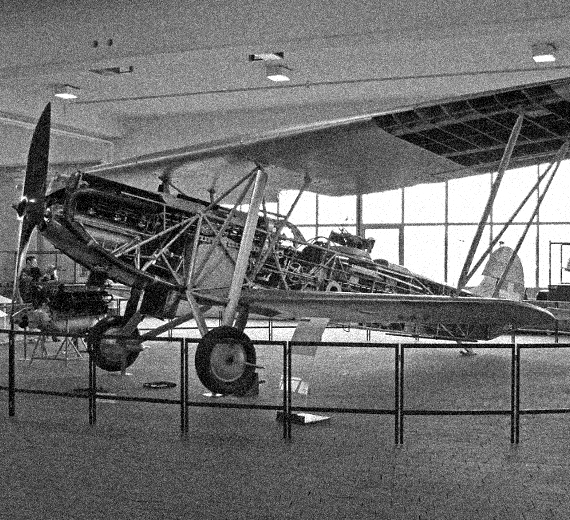

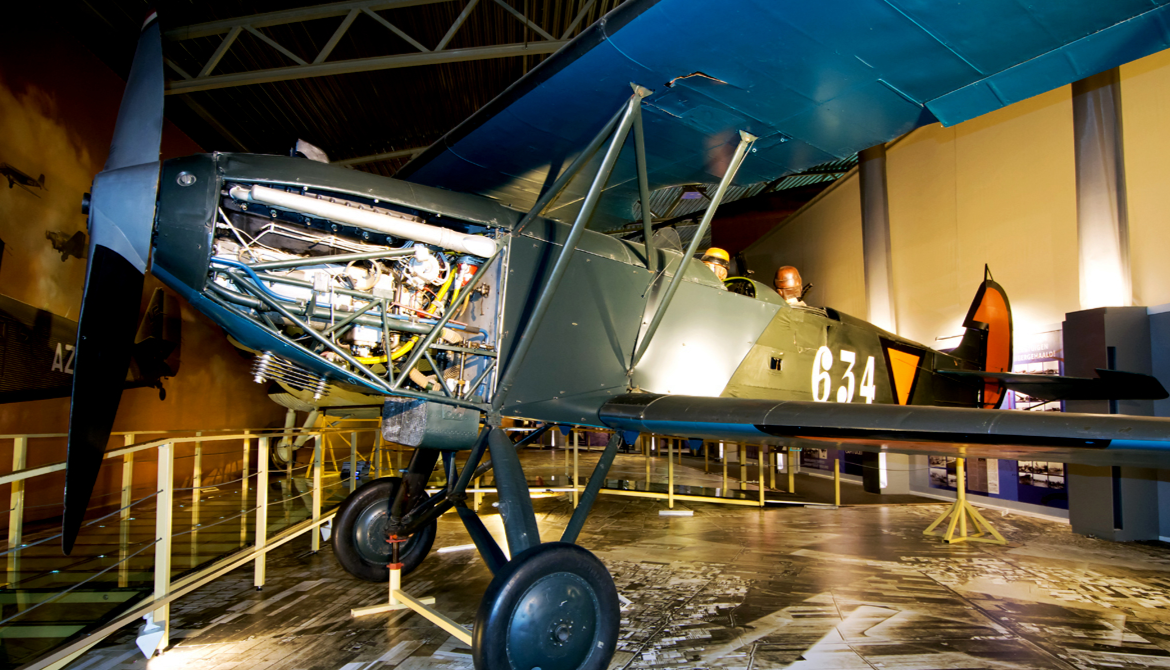
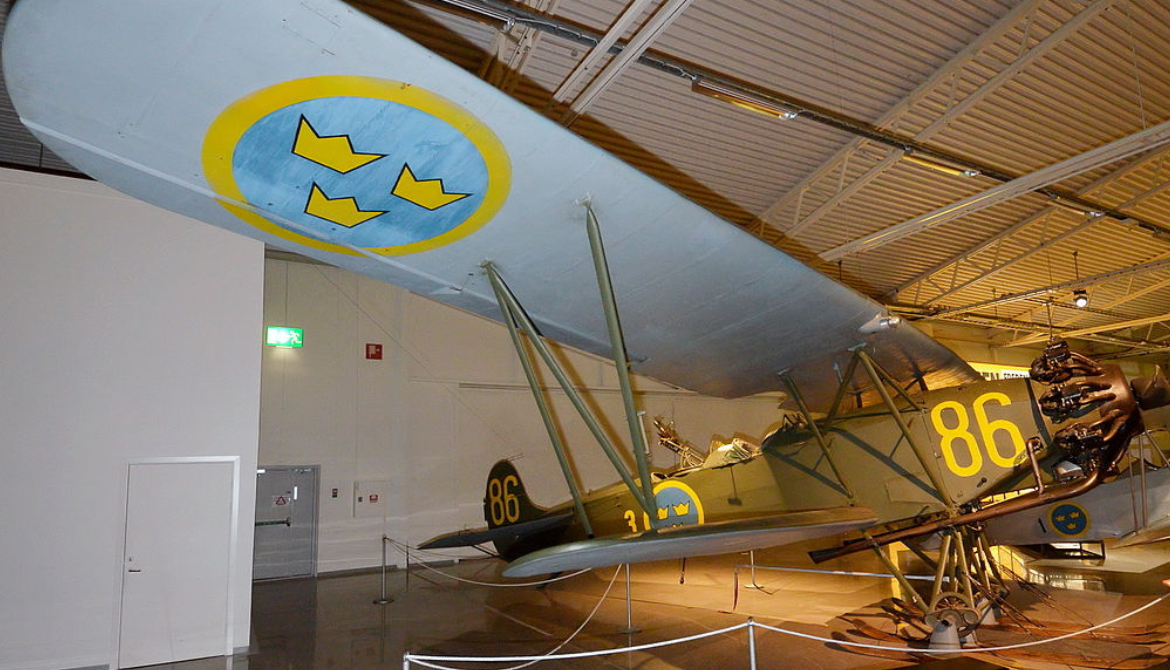
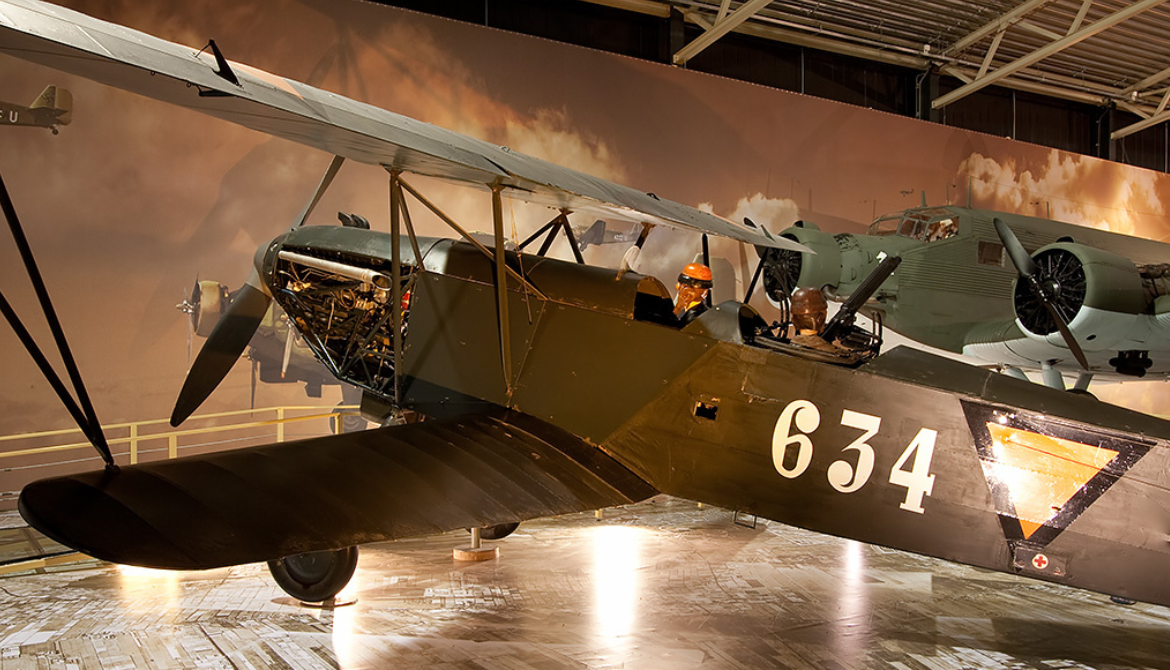
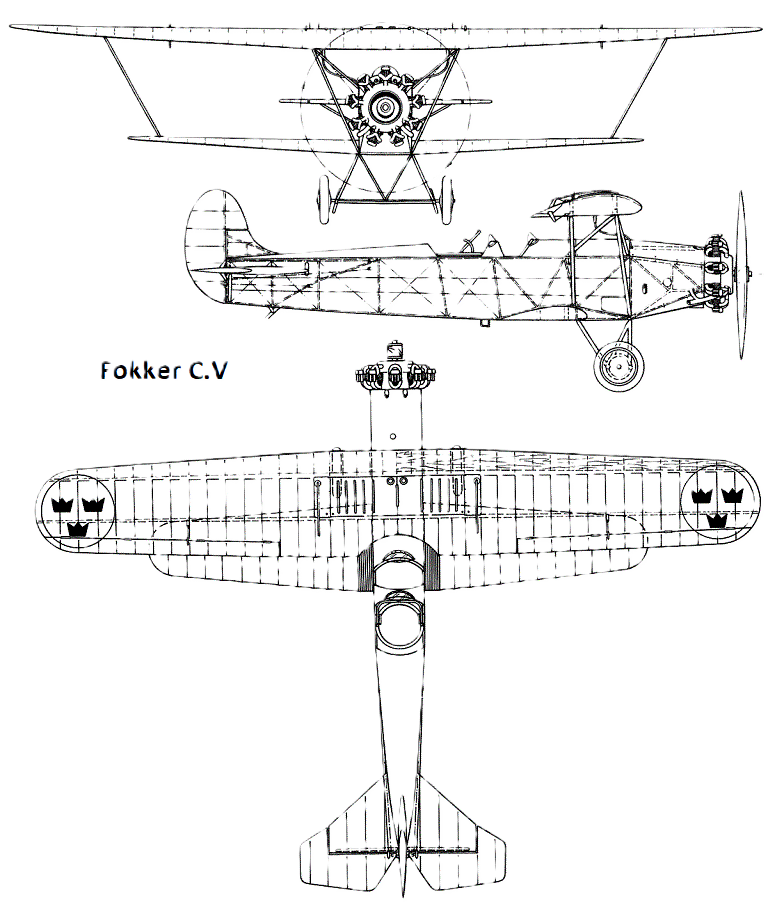

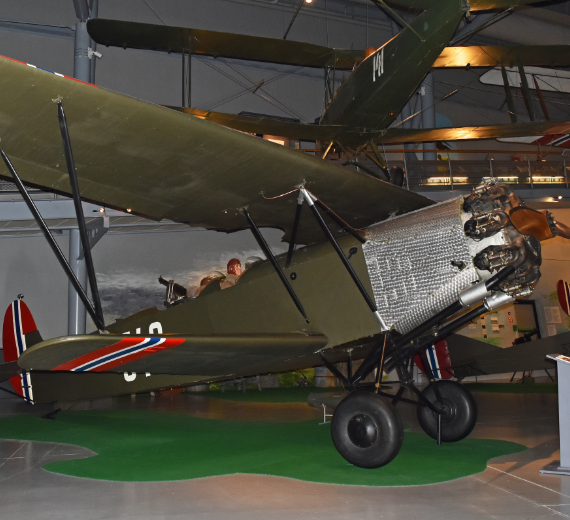


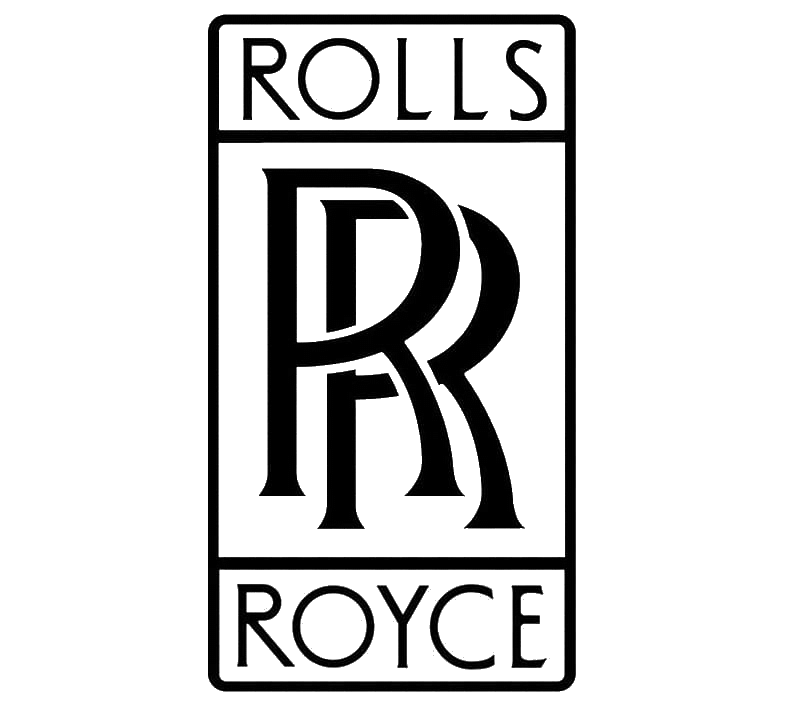


.svg.png)